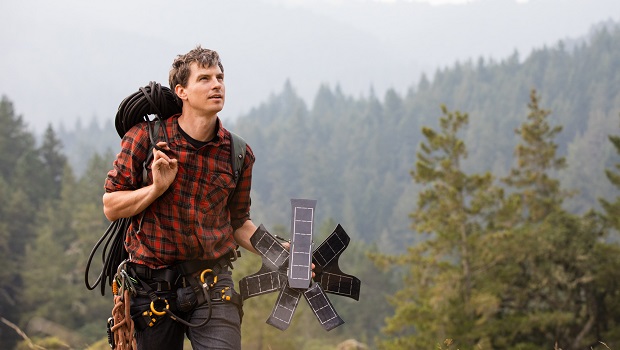CSR: 10 ways to apply AI to social good
Related Articles
Indonesia Ferry Sinks Near Bali: 2 Dead, 43 Missing in Ongoing Rescue Operation
A ferry named KMP Tunu Pratama Jaya sank near Indonesia’s Bali Island late Wednesday, half an hour after it left East Java’s Ketapang port....
Zuckerberg Reportedly Asked to Leave Trump’s Oval Office Meeting
Mark Zuckerberg, CEO of Meta, was reportedly asked to leave the Oval Office by U.S. President Donald Trump for inadvertently entering the office while...
Ghana Set to Embrace UPI as PM Modi Champions Digital Partnership
Prime Minister Narendra Modi’s state visit to Ghana on 2 July 2025 marked a significant milestone in India-Africa relations, as he became the first...

